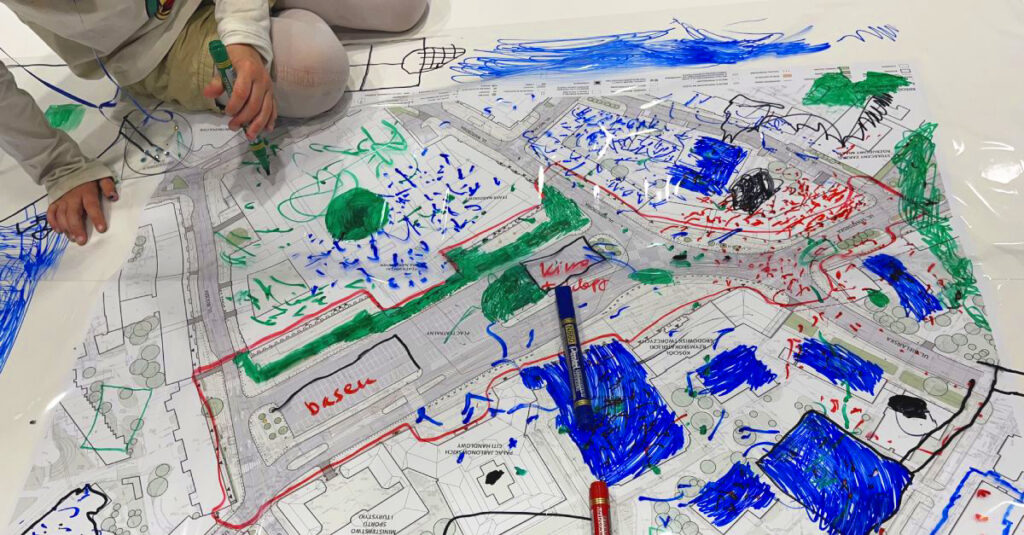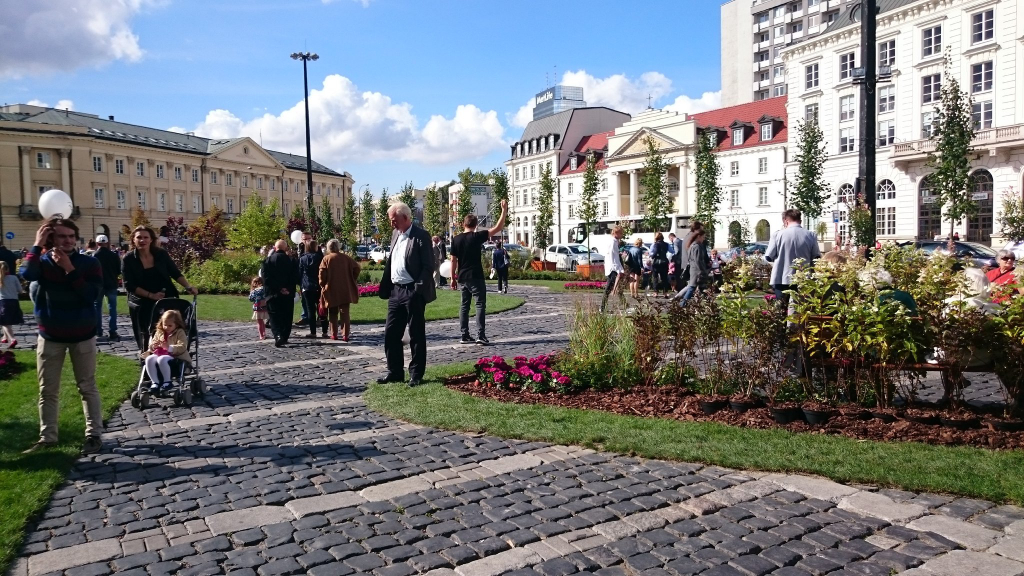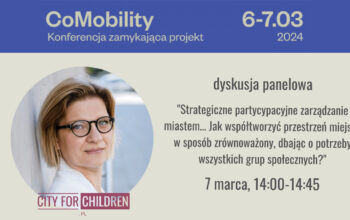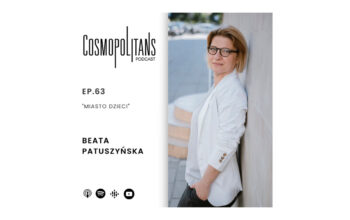And where are you going to have a playground? Everywhere!
I like charrette workshop a lot. It is one of the most sustainable consultation methods, allowing to hear needs of many stakeholders. I also like a lot Mycielski Architecture and Urbanism (MAU) design studio, which is a pioneer of that method in Poland. In addition I miss Teatralny square in Warsaw (presently a big car park, where Polish National Opera is) from 2016. Then, on the occassion of Music Days cars dissapeared for a couple of days, and the space was filled up with greenery and people (photo above). So, when the three elements met and I read that MAU would be organising charrette workshop on the square on the city’s commision, I knew I would take part in it.
On the first workshop day, there were several children present, accompanying adults. Seeing them, the boss of MAU, whom I have known for years, joked: „Beata, you work with children. Maybe you can lead the kids’ table?”. And so unexpectedly, from a participant I became a moderator of children’s table during “Jaki plac Teatralny?” workshops.
None of us was prepared, so I improvised. We took a separate workshop table, to avoid adults pulling away markers from children and explaining, what they really ment to say. There were big maps on the tables, but as it is hard for children to work solely on the map, I brought a 3d model from the presenters’ table. And it started.

To begin with, children decided that cars were “a bit unnecessary” on the square. Instead they drew a lot of greenery – on the square and roofs – and a lot of water. They did not limit themselves to the square and planned a lot of entertaintment – toys, places to do sports and picnics, shops. They also came with the idea of a place, which I would happily use myself when I am overstimulated: a park, where they can calm down after getting upset when they do not know which toy to choose in a shop. They planned there trees and a lot nicely smelling flowers. And then, when they got bored with planning, they followed to see what other tables were planning and to plant their ideas further.
“What if they come with the idea of a fountain and a castle of seven towers?”
Usually the biggest worry of adults, when I mention planning space with children, is that they would come up with unreal solutions. I agree, we are not going to make four swimming pools on Teatralny square, not even one. Zip line from the roof of the National Opera is also not possible, although there is actually a chance for a fountain. Still, looking from my long-term experience with consultations, I can say that as far as doability, children’s ideas are very often similar to those of adults, who for example during a workshop concerning the ground of old railway depot located in the middle of the town, suggested an airport, because tracks looked a bit like runaway to them.
Luckily the charrette’s formula allows for all propositions to be expressed, and the designers task is not to copy them 1:1, but to hear why for example children want a beach and swimming pools and what their real needs are. Then they translate them into concept answering the needs of all stakeholders and first of all, the capability of the location. And it works. During the meeting summing up the railway depot workshop, the originator of the airport idea thanked for including his ideas in the final concept, even though there was not one runway in it.
I hear you
When I listened to the solutions worked out at the tables during following days, I realised that this workshop was different than all I had participated before. All because of giving children their own workshop table during the first day. After they had presented to all participants what Teatralny square they would like to see, in the heads of adults they got listed as equal users of that space. During the following days, even though children were not present in the room, adults remembered their needs, going beyond “me” and designing solutions not only for themselves but also for others.




